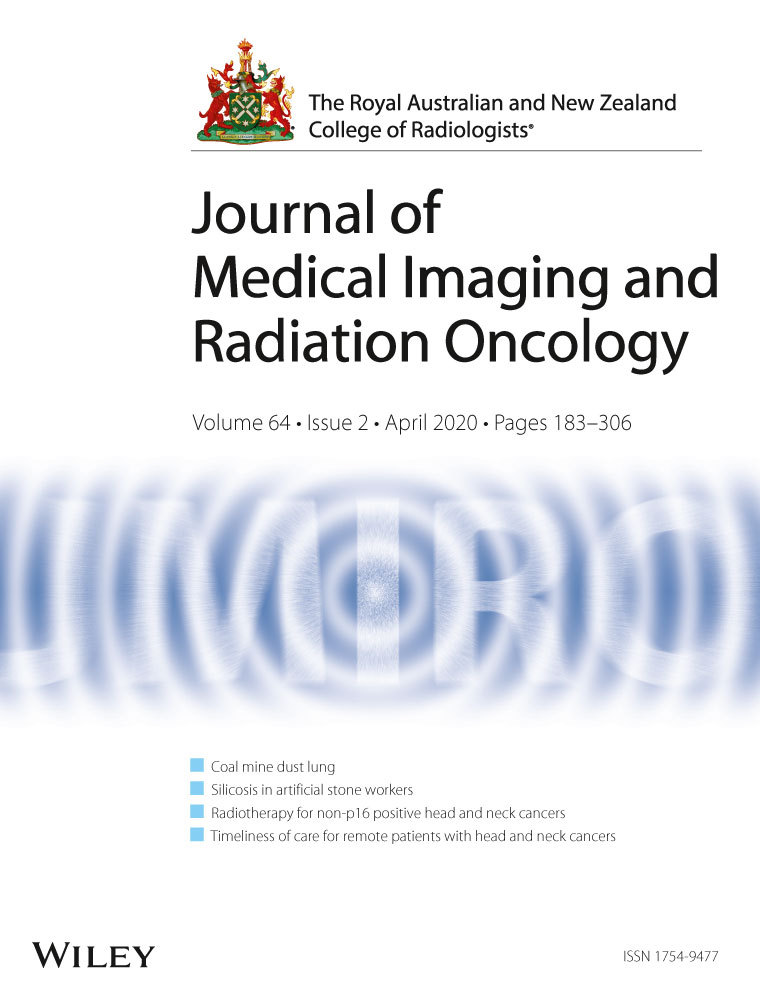Arterial contrast extravasation in severe seat belt-related female breast trauma on CT: Conservative management at a level 1 trauma centre
Summary
Seat belt-related female breast trauma (SFBT) is an uncommon cause of haemorrhage following motor vehicle collision. Classification systems have been used to grade the severity of SFBT, ranging from mild class I to severe class IV injuries with evidence of active haemorrhage. In the case of class IV injuries, contrast extravasation represents active haemorrhage, prompting angiographic embolisation or surgery to arrest the bleed. Contrary to the majority of reports published in the literature, our institution has been successful with conservative management of class IV SFBT. None of the patients required specific intervention to control haemorrhage from SFBT.




